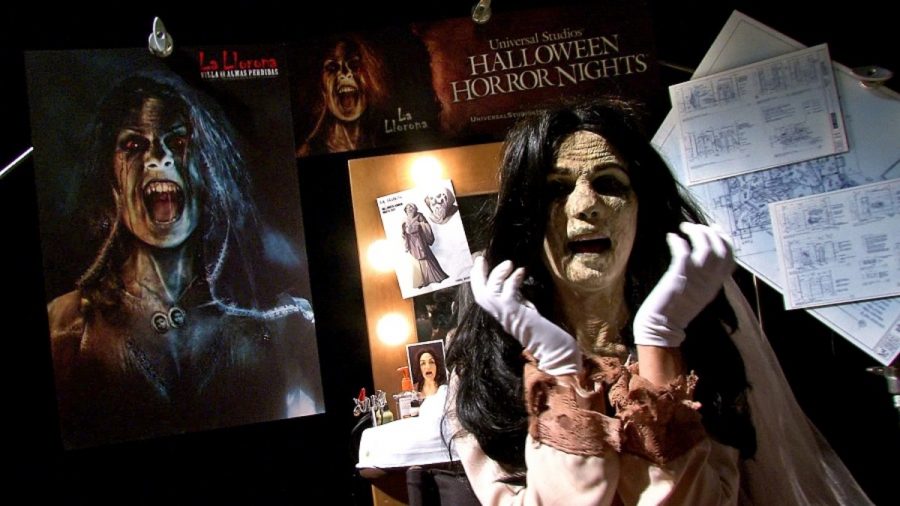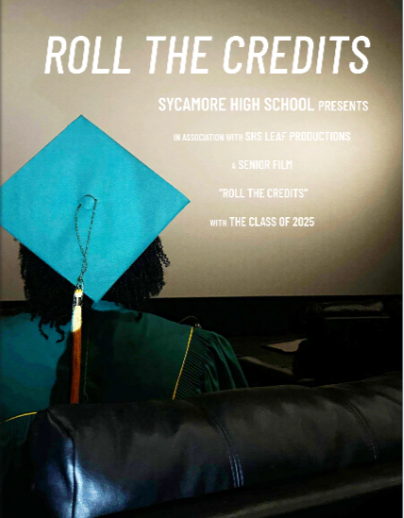Horror films
Fun for all?
September 20, 2017
It is Halloween. You are out at the movies with your friends, catching the new horror movie. The main character hears a strange noise. They open the door and…. WHAM! A monster jumps out and the screen turns to black. You are enthralled, but why?
It does not seem natural to like what you are afraid of, but researchers say that it may be because of three primary elements: tension, relevance, and unrealism.
In a 1998 study examining the response of students who were exposed to real life horrors on a tape, 90 percent of individuals turned off the tape before it had reached the end, yet they would still think nothing of buying tickets to a new horror film.
The researchers surmised that the difference between the fear seen in the video and the fear experienced by the horror film was that one was obviously more real than the other.
But in addition to this, if a movie is too unrealistic, it can take away from the immersion. This adds a layer of fear that the viewer can relate to. But with that comes a certain feeling of, “What if this happens to me?”
A movie that demonstrates this well is “The Blair Witch Project.” Upon its release in 1999, viewers were not sure if what they had just seen was real or not due to how the movie was produced.
Another factor that can affect your enjoyment is what type of watcher you are. A 1995 issue of “Human Communication Research” said that there are four main different kinds of watchers.
Thrill watchers have high empathy and are sensation seeking. Independent watchers have a high empathy for the victim but are not scared easily. Problem watchers typically have empathy for the victim but are characterized by a negative effect such as helplessness.
Unfortunately, a fourth kind of watchers called Gore Watchers have low empathy for the victim, are high sensation seekers, and have a strong identification with the killers.
So whether you enjoy horror films or not, it is clear that this genre of film has elements that people can enjoy.



![Mock Trial members from Gold and Green team last year pose for a picture in front of the OCLRE building in Columbus. "We all put in so much work [last] year. I know [this] year we’ll come back improved and ready to win!” said Ogunbodede.](https://shsleaf.org/wp-content/uploads/2025/10/IMG_4121-300x205.jpg)



